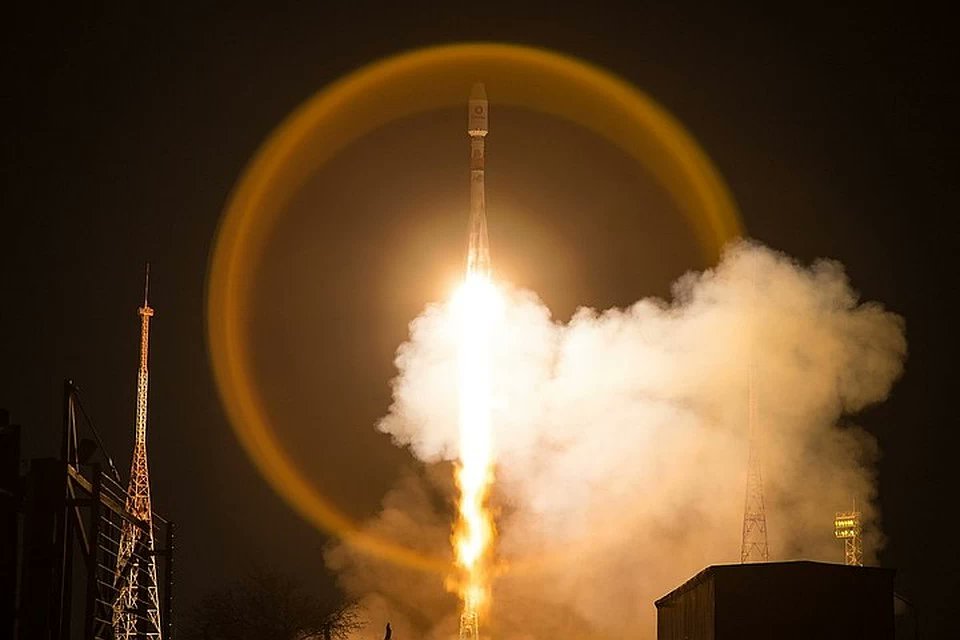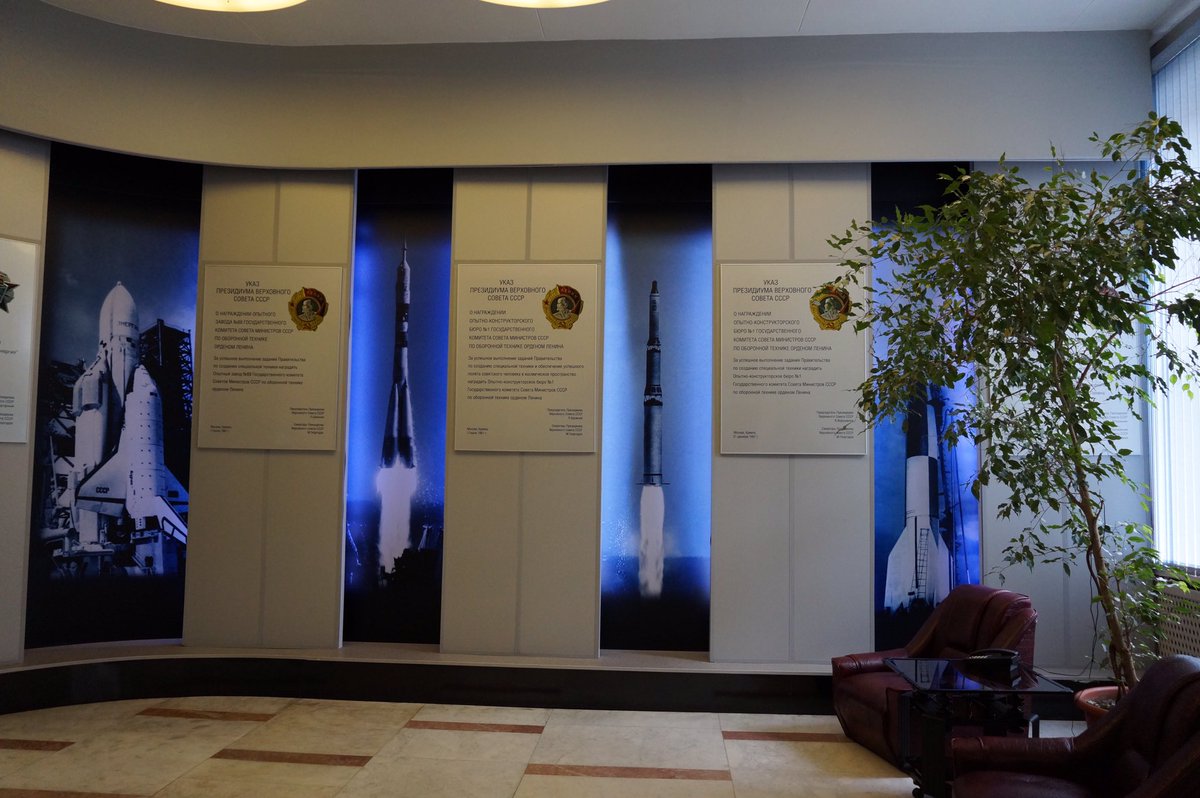
The journalist of Komsomolskaya Pravda visited RSC Energia, where Pavel Vinogradov, former cosmonaut and now deputy head of the Flight and Space Center, showed him the test mockup of the #Zvezda module and gave comments regarding the situation with cracks. kp.ru/daily/27259/43… 

The article contains interesting photos like this one. This is the place where the first crack was found - of course, the photo was taken in the test mockup. It's a twin of the real Zvezda module, and is used to rehearse all the operations before they are performed in orbit. 

This is the photo of the first crack through the Japan made electronic microscope brought to the ISS be Progress MS-16. Pavel Vinogradov said, this crack is so small that it cannot be seen with the naked eye. 

He also explained why the tea leaves, and not pieces of paper were used to find the crack. In the compartment, everything is entangled with cables and electronic devices that induce static electricity. And electrostatics have almost no effect on organic matter like tea leaves.
The 2nd crack is located behind the pipeline of the thermal regulation system, and the access to it is blocked. So, the cosmonauts used another method to seal it. The black substance on the second photo is a “Hermetall” sealant, which is proven and was used back on Mir station. 



With these 2 cracks sealed, the leak reduced by half and now is about 0.4 cubic meters of air per day. But it is still there, and the crew of #SoyuzMS18 will continue to search for the third crack, using the microscope and a new leak detector they will take with them to the ISS.
There is a suspicion that one of the pressure-seal leads is leaking. This is a place where a pipeline or a cable goes through the housing of the module, and there are a lot of them in the pressure chamber.
The last part of the article contains the guesses of what could have caused the cracks. I’ll translate it later.
Ok, I’m back! They don’t know the exact cause of the cracks, but there are some suggestions. The first possible cause is the heavy load that the module experiences during the docking of the ships to its aft docking port. They were especially heavy when ATV ships used this port.
The second assumption is that the station is moving in the Earth's magnetic field, and there is an electric potential that somehow affects the metal structures. It is very difficult to model the processes occurring in such a complex construction as ISS in space.
As an example of an unexpected impact of the electrostatics on the crewed flights, Pavel Vinogradov recalled the situation when several Soyuz ships made a ballistic landing due to a problem with pyrobolts supposed to separate the descent module from the orbital module.
As it turned out, the pyrobols were damaged by the electrostatics created by the station itself. Now this problem is solved.
The ISS is only 20 years in orbit, it is a long time, but it’s also short. The future space stations are supposed to work in space longer, so Pavel Vinogradov believes that we are actually lucky to face this problem now and have a chance to find out what caused it.
• • •
Missing some Tweet in this thread? You can try to
force a refresh












